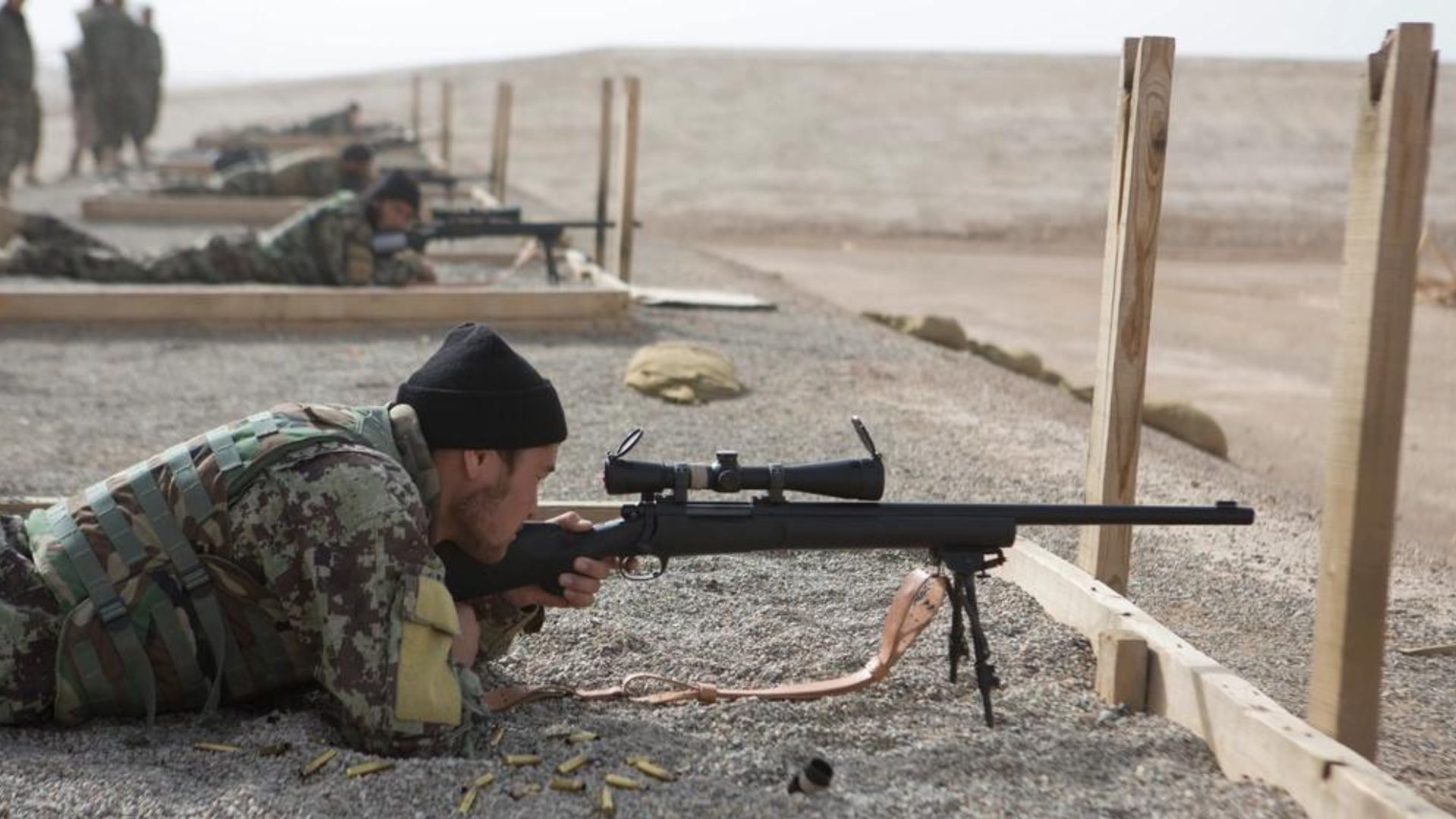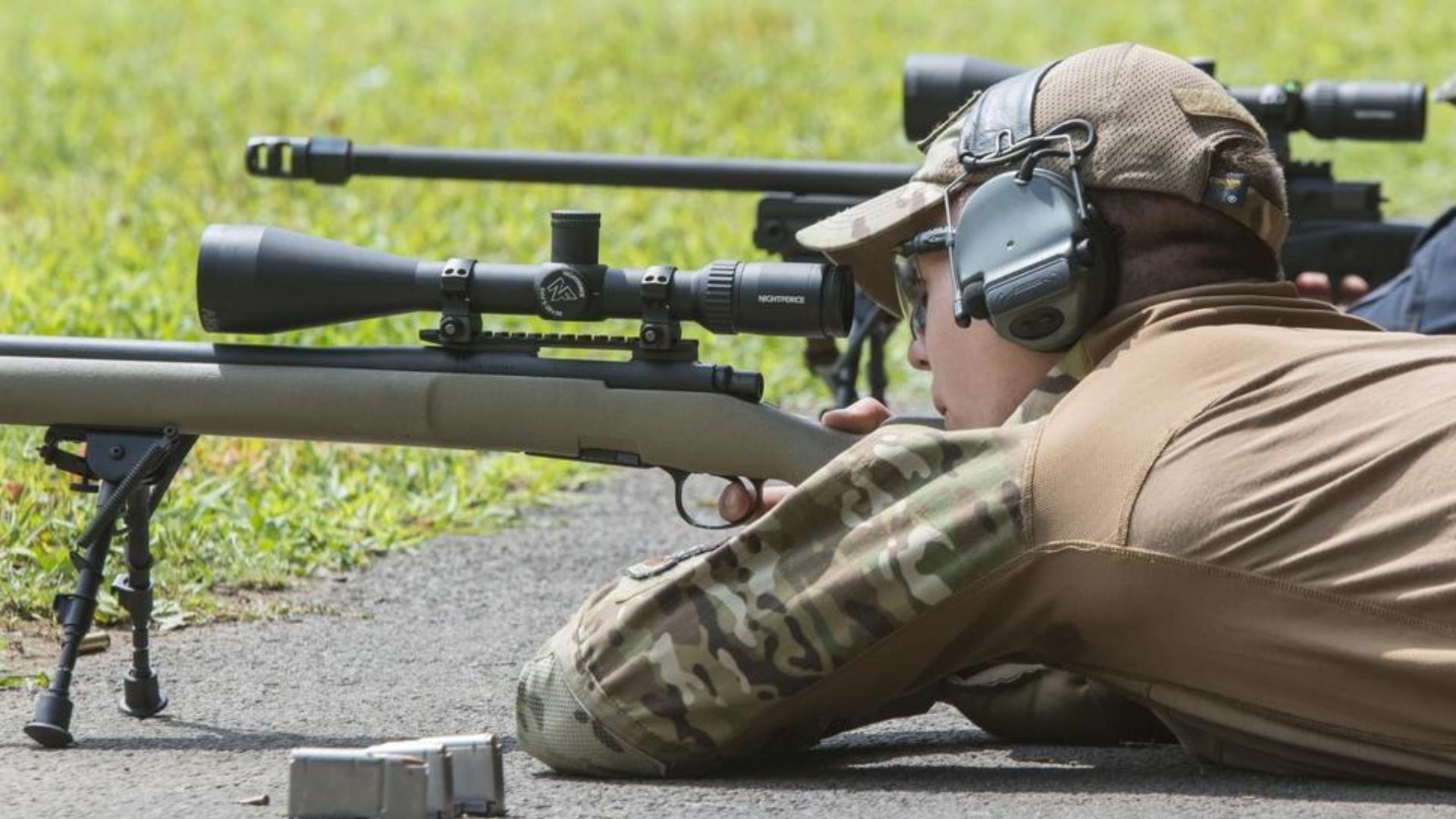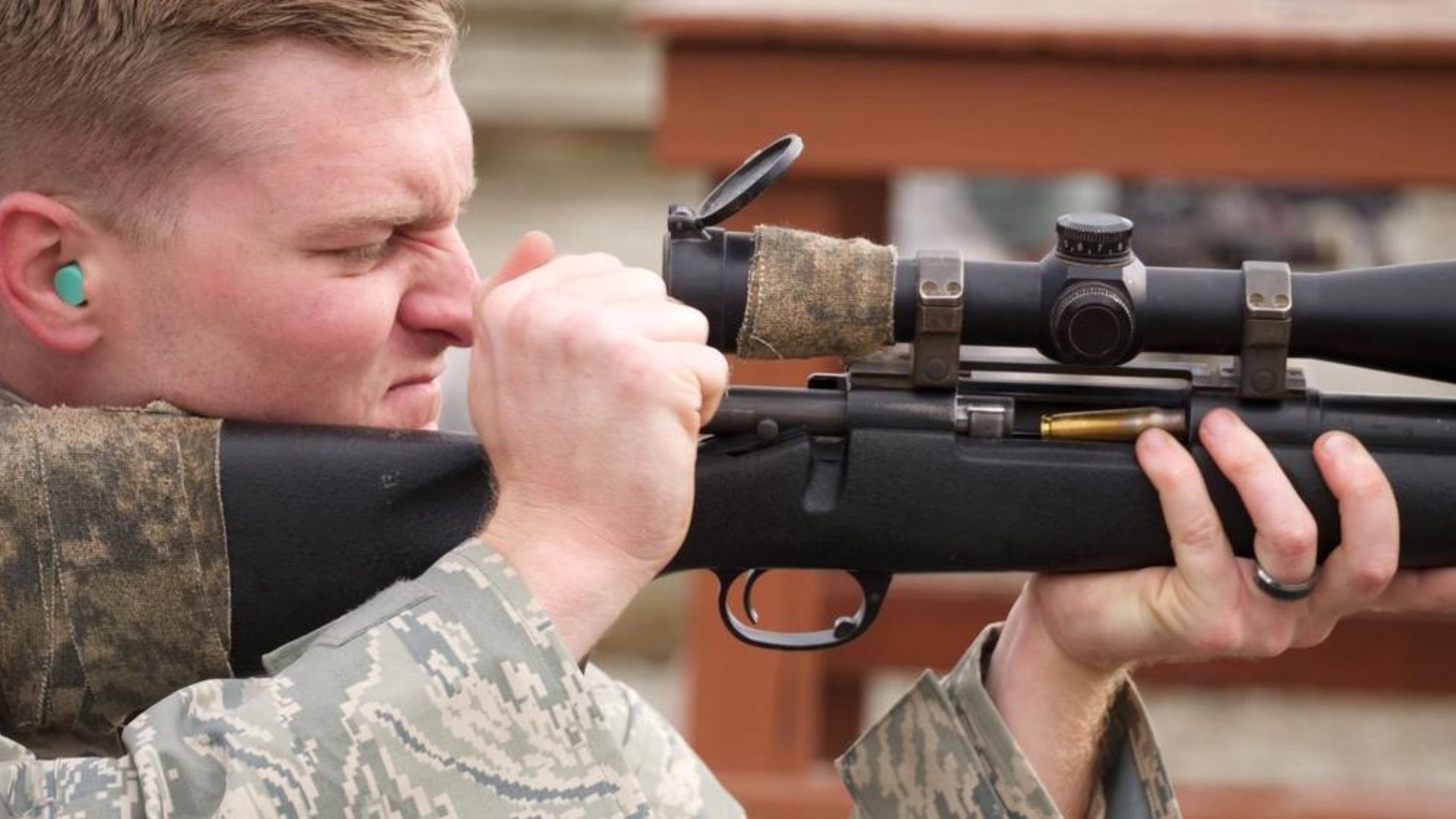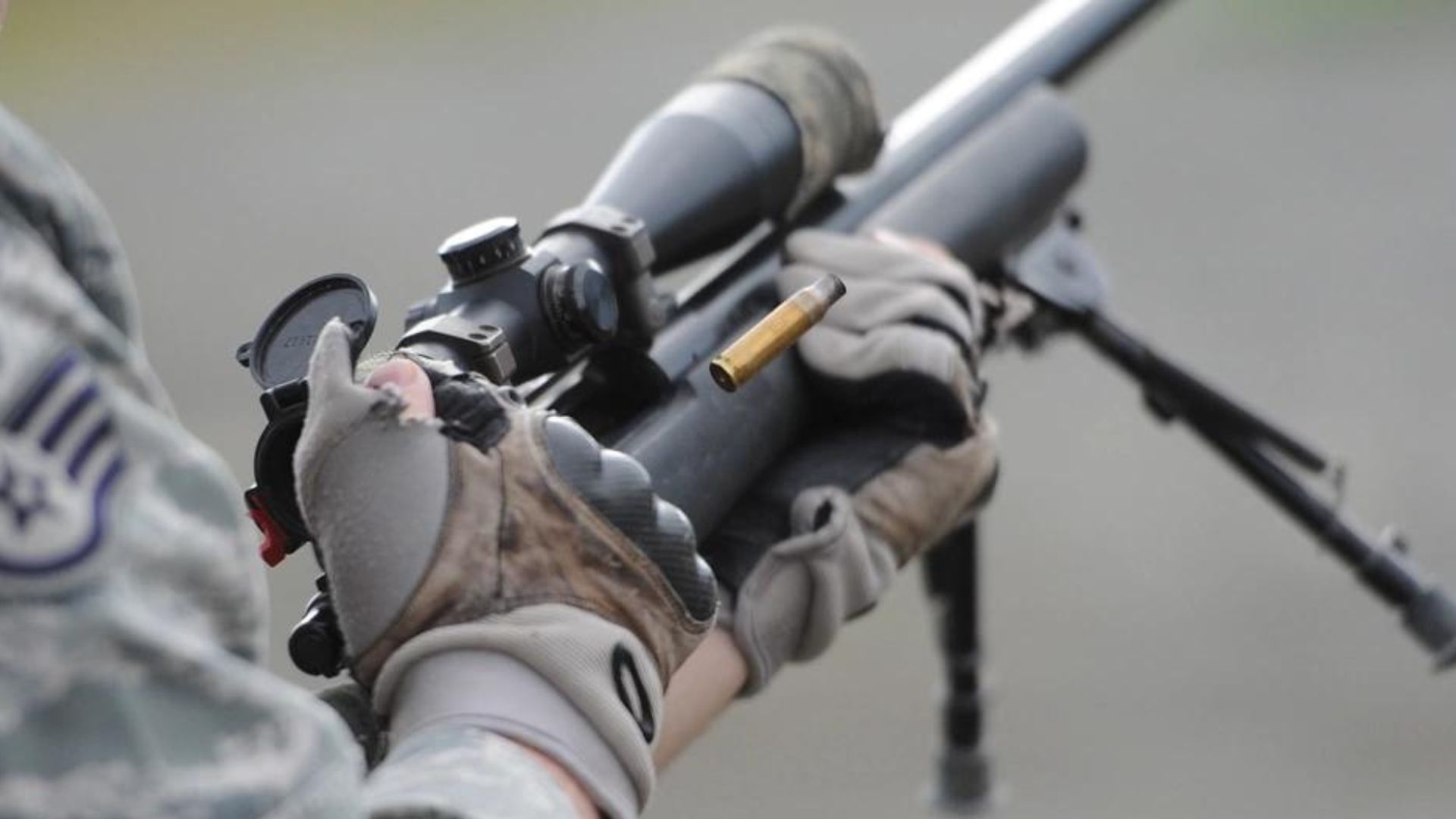The Remington 700 stands as one of the most iconic bolt-action rifles ever produced. Over 60 years of development, this rifle has seen its fair share of ups and downs. Today, we examine where the Remington 700 stands and whether it lives up to its trusted legacy in both military and civilian use.
A Historical Snapshot
The story of the Remington 700 began with its predecessors, the Model 721 and 722 series. Mike Walker, a key figure in its development, brought significant design and accuracy improvements to the table. His innovations culminated in the introduction of the Remington 700 in 1962, marking a new era in firearm manufacturing.
The Early Models: 721 and 722

Introduced in 1948, the Models 721 and 722 were the forerunners to the Remington 700. They were part of Remington’s post-WWII effort to produce high-quality rifles that were also affordable. These models featured a cylindrical receiver and a design focused on ease of manufacturing, which laid the groundwork for the Model 700.
Mike Walker’s Influence
Mike Walker’s influence on the Remington 700 cannot be overstated. His focus on precision led to innovations such as the “three-rings-of-steel” design, which includes the bolt face, the barrel shank, and the receiver ring. This design is critical in providing the Remington 700 its renowned strength and accuracy.
The Remington 700 was officially introduced in 1962, with two initial variants: the ADL and BDL. Both models were available in long- and short-action versions, accommodating a variety of cartridges. The BDL featured a hinged floorplate and a more polished finish, while the ADL was more basic but still functional.
The Evolution of the Remington 700
The Remington 700 has undergone several changes since its inception, reflecting both advancements in technology and shifts in market demand.
Post-WWII Developments
After WWII, Remington needed to adapt its product line to a peacetime economy. The goal was to create a rifle that was both high-quality and affordable. This led to the development of the Models 721 and 722, and eventually the Model 700.
These changes significantly improved the rifle’s accuracy. Over the years, Remington has introduced numerous variants of the Model 700, each with specific features tailored to different uses.
The 1969 Upgrades
In 1969, Remington made several enhancements to the Model 700, including an extended rear bolt shroud, a jeweled bolt, and improved stock finishing. These changes were aimed at increasing both the aesthetic appeal and functional reliability of the rifle.

By 1973, Remington began producing left-handed versions of the Model 700 to compete with the Savage Model 110, which was the only major left-handed rifle available at the time.
Specialized Models
Remington expanded its Model 700 lineup over the years to include several specialized versions tailored to different market segments. The 700ti, featuring a lightweight titanium receiver, was designed for those seeking a high-strength, low-weight option.
The 700 SPS (Special Purpose Synthetic), which replaced the ADL in 2005, offered a durable synthetic stock ideal for rugged conditions.
The CDL (Classic Deluxe) model combined classic aesthetics with modern performance, featuring a high-quality walnut stock and polished blue finish. These variants ensured that the Model 700 remained versatile, appealing to everyone from hunters and sport shooters to tactical professionals.
Law Enforcement Use
The Remington 700 has long been a trusted tool in the hands of law enforcement snipers and tactical units across the country. Its precision, reliability, and adaptability made it the go-to bolt-action rifle for police marksmen, particularly in high-stakes situations where accuracy is paramount. The Remington 700P (Police) model, specifically designed for law enforcement, features a heavy barrel and a tactical stock that enhances stability and accuracy during long-range engagements. This platform has been used in countless critical incidents, providing officers with the confidence they need to make precision shots in life-or-death scenarios.
One of the reasons the Remington 700P remains a staple in law enforcement armories is its ability to be easily customized to meet the specific needs of tactical operators. Whether it’s outfitted with high-end optics, bipods, or aftermarket triggers, the 700P can be tailored to excel in various operational environments. Its heavy barrel minimizes heat distortion during extended use, ensuring accuracy remains consistent over time. From rural SWAT deployments to urban counter-sniper roles, the Remington 700 has proven itself as a trusted companion for police marksmen across the country, embodying the precision and reliability needed in the toughest moments.
Design Features of the Remington 700
The Remington 700 is renowned for its bolt-action mechanism with dual-opposed lugs. This design feature sets it apart from other firearms, providing a unique blend of power and precision.

The bolt-action mechanism of the Remington 700 is one of its most defining characteristics. The dual-opposed lugs ensure a strong and secure lockup, while the short-throw bolt allows for quick cycling.
This makes the rifle both powerful and easy to operate. The bolt face, extractor, and ejector of the Remington 700 are noteworthy for their robust and efficient design. These components are designed to handle the stresses of high-pressure cartridges, ensuring reliable performance in a variety of conditions.
Versatility
The Remington 700 is not a one-size-fits-all firearm; it offers a diverse range of variants tailored to various use cases, ensuring it meets the needs of a wide array of users. For consumers, models like the 700 ADL and BDL provide reliable options for hunting and sport shooting.
For tactical and professional use, variants such as the 700P are designed specifically for law enforcement and military applications, featuring heavy barrels and tactical stocks. This broad versatility, combined with the rifle’s renowned accuracy and reliability, has significantly contributed to its widespread popularity and enduring legacy in the firearms community.
The Many Faces of the Remington 700
There are numerous versions of the Remington 700, each with its unique features and configurations.
Standard Versions
The standard versions of the Remington 700 offer a range of options for consumers, providing a reliable and versatile firearm for various applications.
The ADL is the most basic Remington 700 model. It has a blind magazine, meaning cartridges must be loaded individually through the top of the action. The ADL also features a simple wood stock, making it a reliable and affordable choice for hunting or target shooting.
The BDL is a step up from the ADL, featuring a hinged magazine floorplate that allows for easier loading and unloading of cartridges. It also has a slightly fancier stock, typically with a gloss finish and checkering on the grip and fore-end.
Specialized Models
The Model 700P is a notable variation designed specifically for police and military use. Its design and features are tailored to the requirements of law enforcement and military operations, making it a preferred choice for these sectors.
The SPS (Special Purpose Synthetic) model replaced the ADL in 2005. It features a synthetic stock and a matte finish, making it more resistant to harsh environmental conditions. The SPS is a versatile model suitable for various applications, from hunting to tactical shooting.
The CDL (Classic Deluxe) model features a high-quality walnut stock and a polished blue finish. It is designed for hunters and shooters who appreciate both performance and aesthetics. The CDL combines classic styling with modern performance features.
Military and Tactical Versions
The M24 and M40 sniper rifles are based on the Remington 700 bolt-action rifle, which gained popularity for its accuracy, reliability, and rugged design. Introduced in 1962, the Remington 700 became a favorite among hunters and target shooters, which soon caught the attention of the U.S. military. The M40 was the first of these military adaptations, developed for the U.S. Marine Corps in 1966 during the Vietnam War. The original M40 featured a short-action receiver chambered in 7.62x51mm NATO (.308 Winchester) and was fitted with a Redfield 3-9x scope. This is the variant used by famous Marine sniper Carlos “White Feather” Hathcock. The Marines chose the Remington 700 platform because its bolt-action design offers consistent precision in combat scenarios, particularly for long-range engagements.
Meanwhile, the U.S. Army adopted the M24 Sniper Weapon System (SWS) 1988 as their standard sniper rifle. Unlike the M40, the M24 was based on the long-action version of the Remington 700, allowing it to be rechambered for more powerful cartridges such as the .300 Winchester Magnum. However, it initially fired the 7.62x51mm NATO round. The M24 was paired with the Leupold Ultra M3A 10x42mm scope, offering increased magnification and range. Over time, the Army modified the M24 for enhanced range and firepower, turning it into the M24A2 and M24A3 models, which could accommodate advanced optics and larger calibers for greater operational versatility.
Both the M24 and M40 have seen extensive use in combat, from Vietnam to modern-day conflicts in Iraq and Afghanistan. The M40 evolved into the M40A1, M40A3, and M40A5 models, each receiving upgrades such as improved optics, better stocks, and modular chassis systems to enhance durability and ergonomics. Similarly, the M24 has been gradually phased out by the M2010 Enhanced Sniper Rifle, though it still serves in some capacities. These rifles, rooted in the Remington 700, symbolize the importance of precision and adaptability in sniper roles, continually evolving to meet the changing needs of military operations.

Performance and Handling
The bolt on the Remington 700 moves smoothly and freely. The action is reliable and consistent, a crucial factor for any bolt-action rifle. The standard stock allows for mounting bipods and slings, enhancing the rifle’s versatility. While slings are lighter, bipods offer more stability for long-range shots.
The Remington 700 is light enough to carry all day, making it ideal for hunting. However, the thin barrel means accuracy can diminish without suitable cool-down periods between shots. This is a common trade-off in lightweight rifles, but the 700 manages it well.
Reliability and Recall
The Remington 700 trigger recall, particularly involving the X-Mark Pro trigger, became one of the most controversial moments in the rifle’s long history. Introduced in 2006, the X-Mark Pro was designed to offer a crisper, more refined trigger pull. However, numerous reports surfaced alleging that the rifle could unintentionally discharge without the trigger being pulled, especially when the safety was disengaged or the rifle was jarred. This malfunction raised serious safety concerns, leading to a class-action lawsuit and a subsequent recall of millions of Model 700 rifles in 2014.
The issue stemmed from a potential flaw in the manufacturing process, where excess bonding agent could inadvertently interfere with the trigger mechanism. This caused the sear to slip, allowing the gun to fire unexpectedly. Remington eventually acknowledged the problem and initiated a massive recall, offering to replace the trigger on affected rifles free of charge. Despite this, the controversy tarnished the reputation of one of America’s most iconic bolt-action rifles. However, Remington has since addressed the issue in post-recall models, ensuring that new production rifles meet higher safety standards while maintaining the precision and reliability for which the Remington 700 is known.
Is the Price Right?
Evaluating the price of the Remington 700 now is more complex than in the past. There are models built from old Remington parts, new production RemArms models, and examples that have been used. Prices range from around $450 for used models to over $700 for new ones.
Considering its performance, these prices are reasonable. As with any bolt-action rifle, you’ll need to factor in the cost of bases, rings, and optics, as well as ammunition. Overall, the Remington 700 provides a solid foundation for any shooter’s needs.
Final Thoughts
The Remington 700 is more than just a firearm; it symbolizes innovative design, versatility, and enduring appeal. From its origins to its status as an iconic rifle, the 700 has left an indelible mark on the firearm industry.
Despite past controversies, it remains a favored choice among consumers and military personnel, offering reliability, precision, and a rich history unmatched by few other firearms. Its journey is a testament to its impact and legacy in firearm history and modern use.
The journey of the Remington 700 is a fascinating exploration of firearm development, design, and usage. Its impact and legacy are undeniable, and it plays a significant role in firearm history and modern use.
__
Disclaimer: SOFREP utilizes AI for image generation and article research. Occasionally, it’s like handing a chimpanzee the keys to your liquor cabinet. It’s not always perfect and if a mistake is made, we own up to it full stop. In a world where information comes at us in tidal waves, it is an important tool that helps us sift through the brass for live rounds.










COMMENTS
You must become a subscriber or login to view or post comments on this article.